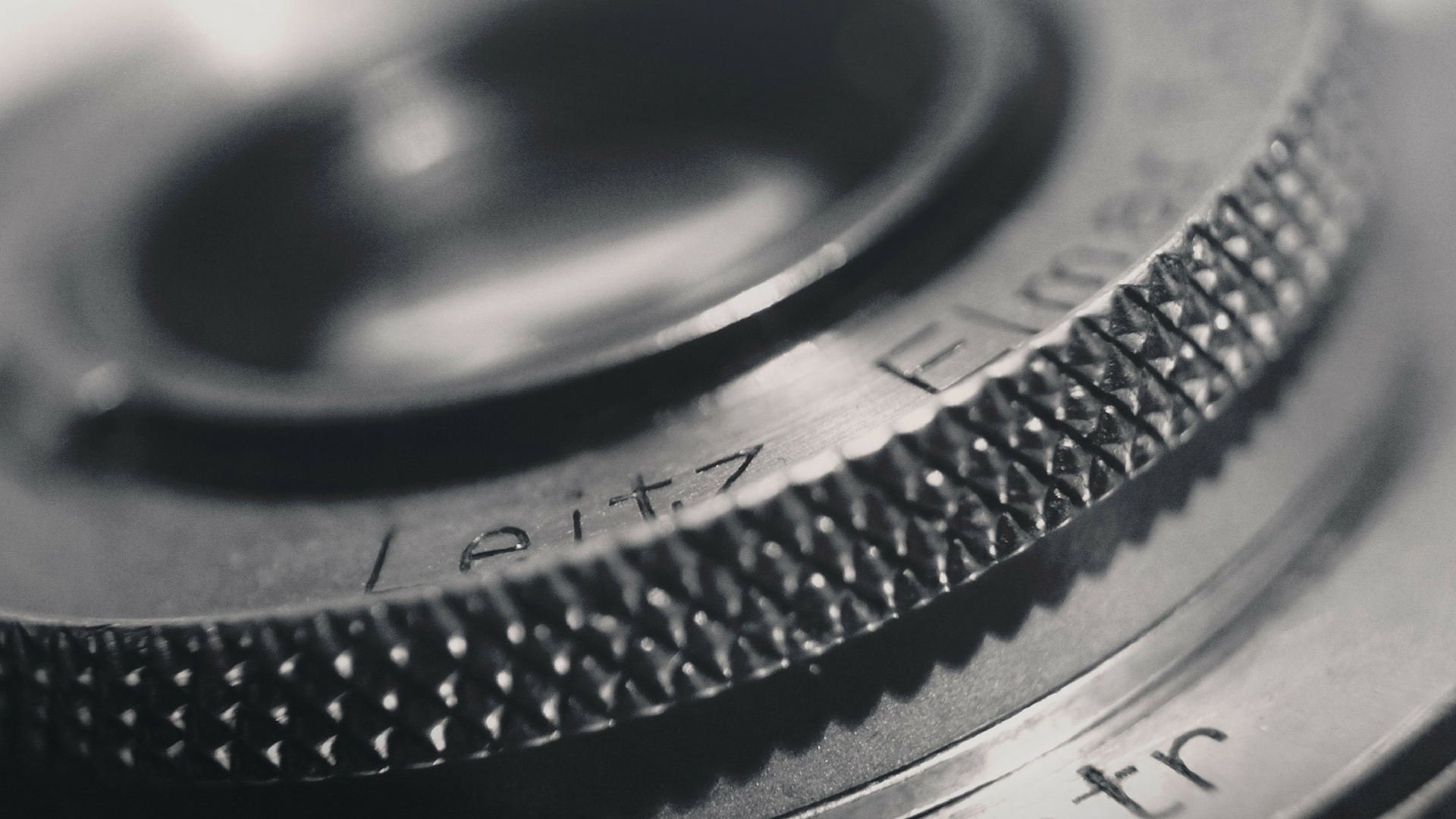Are Bigger Camera Lenses Better?
Finding the Right Type of Lens For Your Photography
For both amateur and professional photographers, it’s generally acknowledged that lenses are more important to craft than the actual camera body.
Cameras come and go, and most models have regular releases with incremental feature additions. Lenses, however, have stayed pretty much the same for years, even decades. In fact, many photographers keep their lenses over long periods of time, making them the most critical investments of their career.
With that in mind, the type of lens you choose to buy is important. Not all lenses fit every situation, and though it may feel counterintuitive, bigger isn’t necessarily better. We recently asked a few local photographers their thoughts on lens choices, and here’s what they had to say.
Photographers Weigh in on Lens Choice
In the questions below, we focused on several specific types of photography situations. Since most people have a primary area of focus, regardless of whether it’s their hobby or their profession, it made sense to drill down further.
Question #1: What types of lenses are good for everyday casual shooting?
Photographer #1: 24-70 2.8
Photographer #2: Zooms that go from slightly wide to medium tele are most versatile
Photographer #3: 35mm prime.
Question #2: What types of lenses are good for high-speed sports/action?
Photographer #1: 70-200 2.8, 300mm.
Photographer #2: Most sports are at a distance so telephoto whether fixed or zoom.
Photographer #3: Indoor — fast primes; outdoor — fast zooms.
Question #3: What types of lenses are good for indoor studio work?
Photographer #1: High-speed primes.
Photographer #2: For portraits, slightly telephoto like an 80mm equivalent. For still life, normal is okay.
Photographer #3: Large aperture f1.4.
Question #4: What types of lenses are good for outdoor and landscape work?
Photographer #1: 14-24, 16-35 ,17-35.
Photographer #2: Wide and fixed.
Photographer #3: Wide angle and zooms; don’t need fast lenses for outdoors.
It’s About Your Style and Vision as a Photographer
With those answers in mind, it’s clear that while there’s a general direction for each topic, the photographers offer something more specific that’s unique to their own style and vision. And that’s perhaps the biggest takeaway. For almost everyone, bigger isn’t necessarily better. But to find out what type of lens you should buy:
- Talk to people who shoot the same subjects and situations as you (e.g. action/sports, outdoor landscapes, studio portraiture, location candids).
- Ask them specifically why they like certain lenses and compare that information with your own personal style.
- If you’re connected within the local photography community, it may be worth your time to ask colleagues if you can try out some lenses to get a feel for what they’re capable of before you purchase your own.
- Rent before you buy–this affords you the opportunity to try out one or more lenses for a day before you purchase.
Studio Specifics
The three photographers were also asked about shooting in a studio, which is a different environment than an outdoor landscape or a sporting event. In a studio, the subject itself may vary — you can do both action shots and still life in the same space — so in addition to lenses, the photographers listed their most important aspects of a studio:
Photographer #1: Enough room and ceiling height to put large strobes.
Photographer #2: Window light with effective blackout curtains; big; a bathroom and kitchenette would be nice.
Photographer #3: Clean backdrops and the correct lighting for the shot you have in mind.
For Bay Area photographers, Meets the Eye Studios delivers on all of these elements. The expansive soundstages include a white wall space (Studio B) and a large pre-lit green screen (Studio A), in addition to an immaculate facility with a shower and a commercial-quality kitchen. To schedule your free tour of Meets the Eye, get in touch now — we’re conveniently located in San Carlos right off Highway 101.


